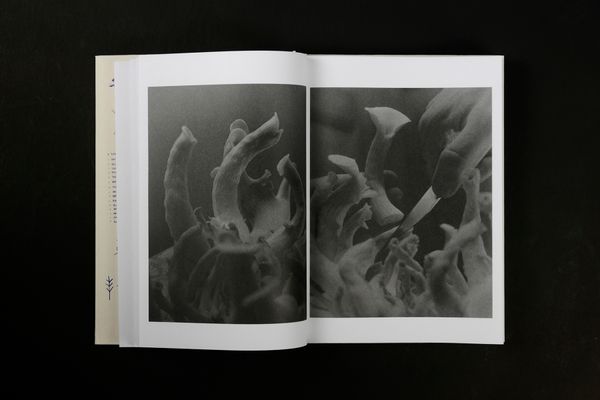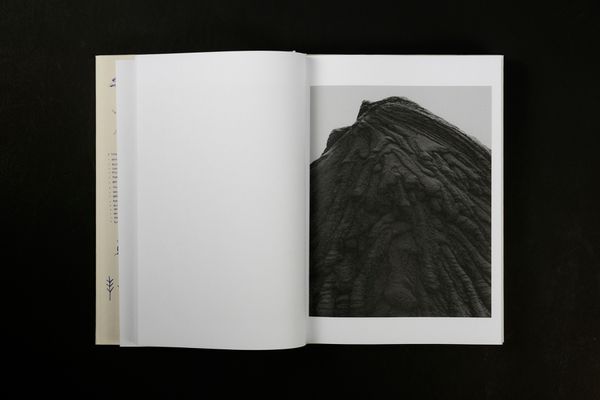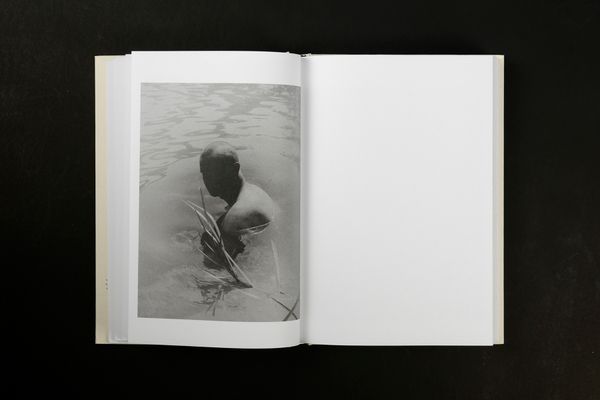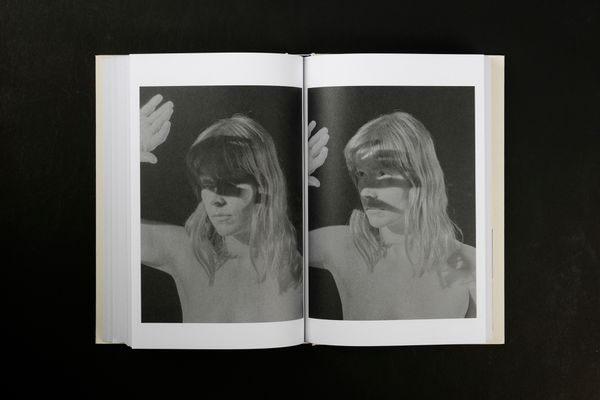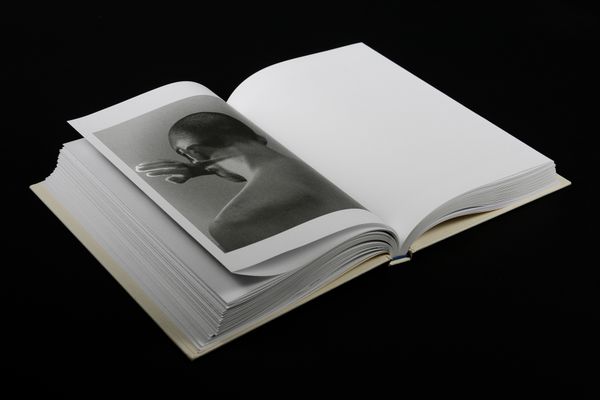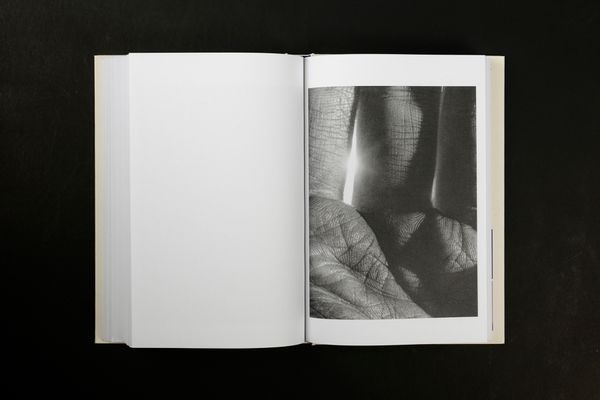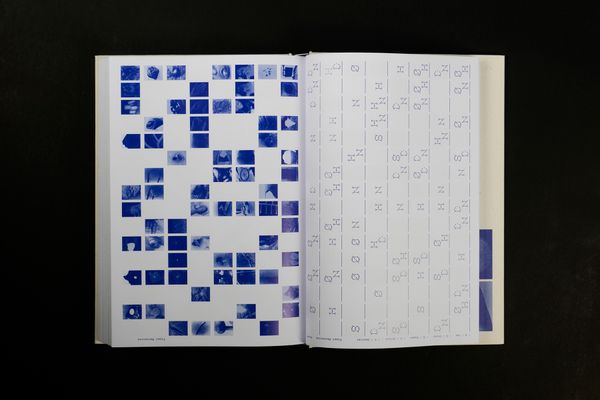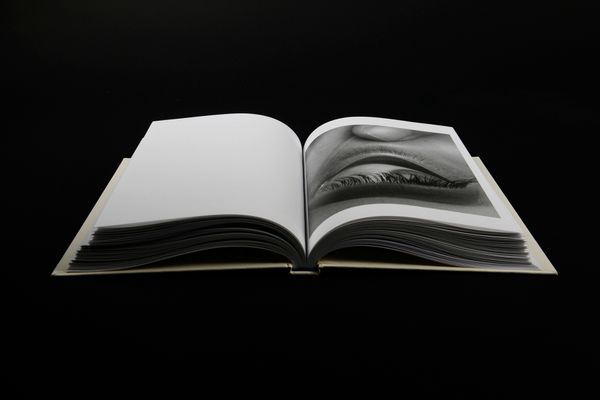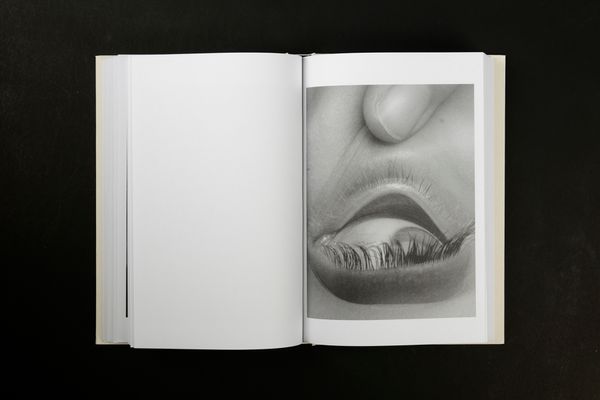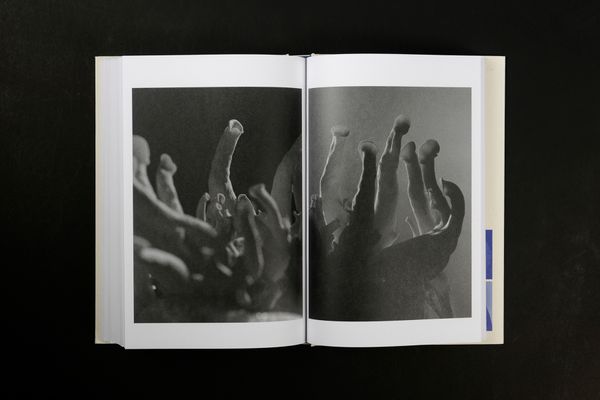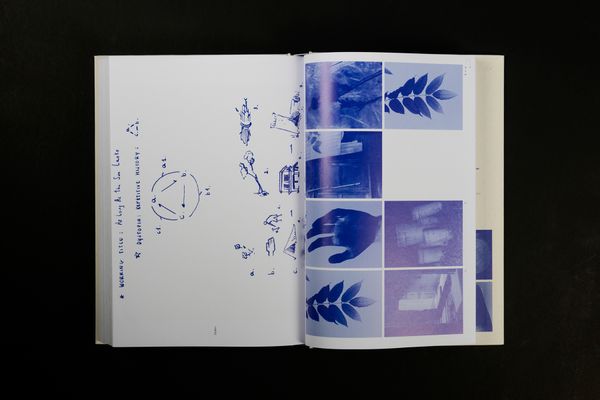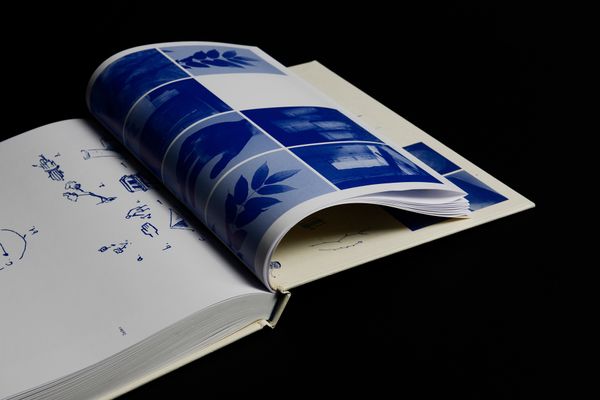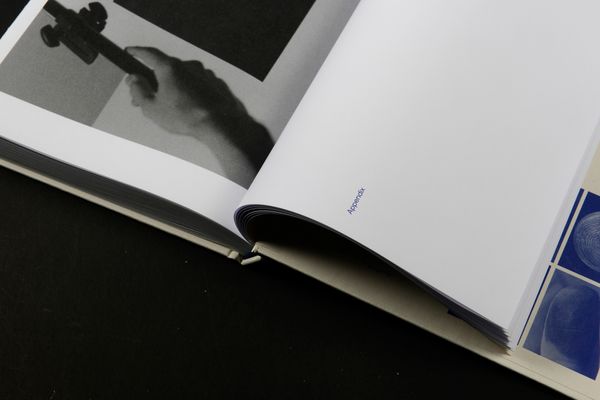As Long as the Sun Lasts by Joselito Verschaeve
-
AuthorJoselito Verschaeve
-
Publisher
-
DesignerJoão Linneu & Myrto Steirou
-
Price50€
-
Link
-
Pages144
-
Dimensions17,1 x 24,4 cm
-
CharacteristicsHardcover with French folds
-
ISBN978-618-5479-45-9
-
PublishedOctober 2025
Verschaeve gathers images from his ever-growing archive to imagine a world on the verge of ending—a tender, melancholic reflection on creation, fragility, and persistence in uncertain times.
‘As Long as the Sun Lasts’ follows Joselito Verschaeve’s characteristic working process: building an ever-growing archive of photographs from daily encounters, sketching ideas, and drawing from this pool of images to shape a new story. For this book, the photographs conjure a world that feels close to its ending. They pulse with a soft melancholy, as if the light itself were counting down.
The title borrows from Italo Calvino’s ‘Cosmicomics’, where the sun nears its death and humanity prepares for its own. Yet, in Calvino’s story, the end isn’t only tragedy—it is also clarity, a strange peace that comes from recognising life’s transience. Verschaeve’s work holds the same duality: a tension between continuation and collapse, optimism and extinction, beauty and the certainty it won’t last. This oscillation between drive and doubt shapes every page of the book, and resonates with our present moment—when the theme of the world coming to an end feels less like fiction.
“The title can be read very optimistically: to keep creating as long as time allows it. But at the same time, it carries a dystopian undertone—that things could end at any given time.” — Joselito Verschaeve
At the heart of the work lies a quiet contradiction: an optimism that insists on creating while time still allows it, and a lucid awareness that all things eventually fade. This duality defines the book’s tone—hopeful and resigned, fragile and persistent. Each image feels like a gesture of continuity against the inevitable, a way of saying we are still here.
The final chapter turns inward. Together with Void, Verschaeve explores the anatomy of the photobook itself: experimenting with different sequences, building alternate narratives, and revealing the invisible logic of editing. An index decodes these narrative threads, while a schematic score translates the book’s rhythm into notation. What begins as a meditation on endings concludes as a reflection on how stories are made—and remade—as long as the sun lasts.

